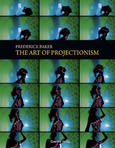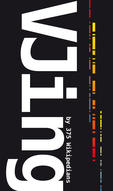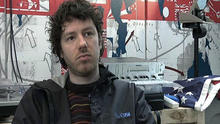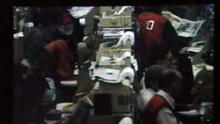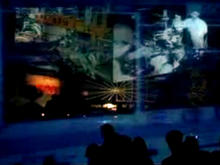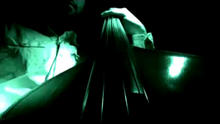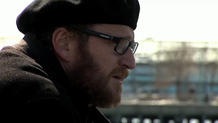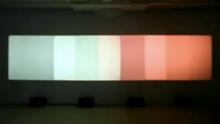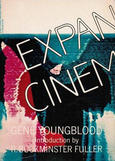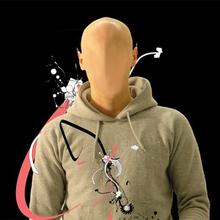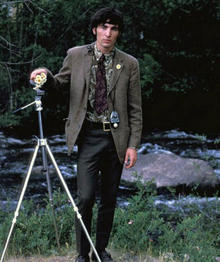APB - All Points Between
is a live audio visual performance by The Light Surgeons. An feature length performance which skipped around the world through a series of capsule narratives and audio visual tracks.
APB - All Points Between combined and remixed original documentary material (including the short films “Thumbnail Express” and The City of Hollow Mountains”) wth DJing and a multi screen presentation involving video, slides and 16mm projections.
The performance was commissioned and developed by onedotzero festival and was toured internationally between 2001 and 2003.
Live recording of the performance are documented on the Lost Leader DVD, published by Gasbook in Japan.
Source: The Light Surgeons' website

